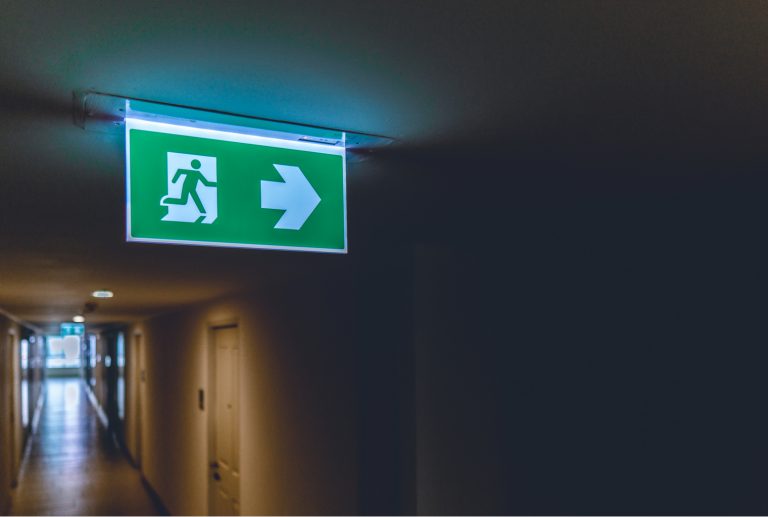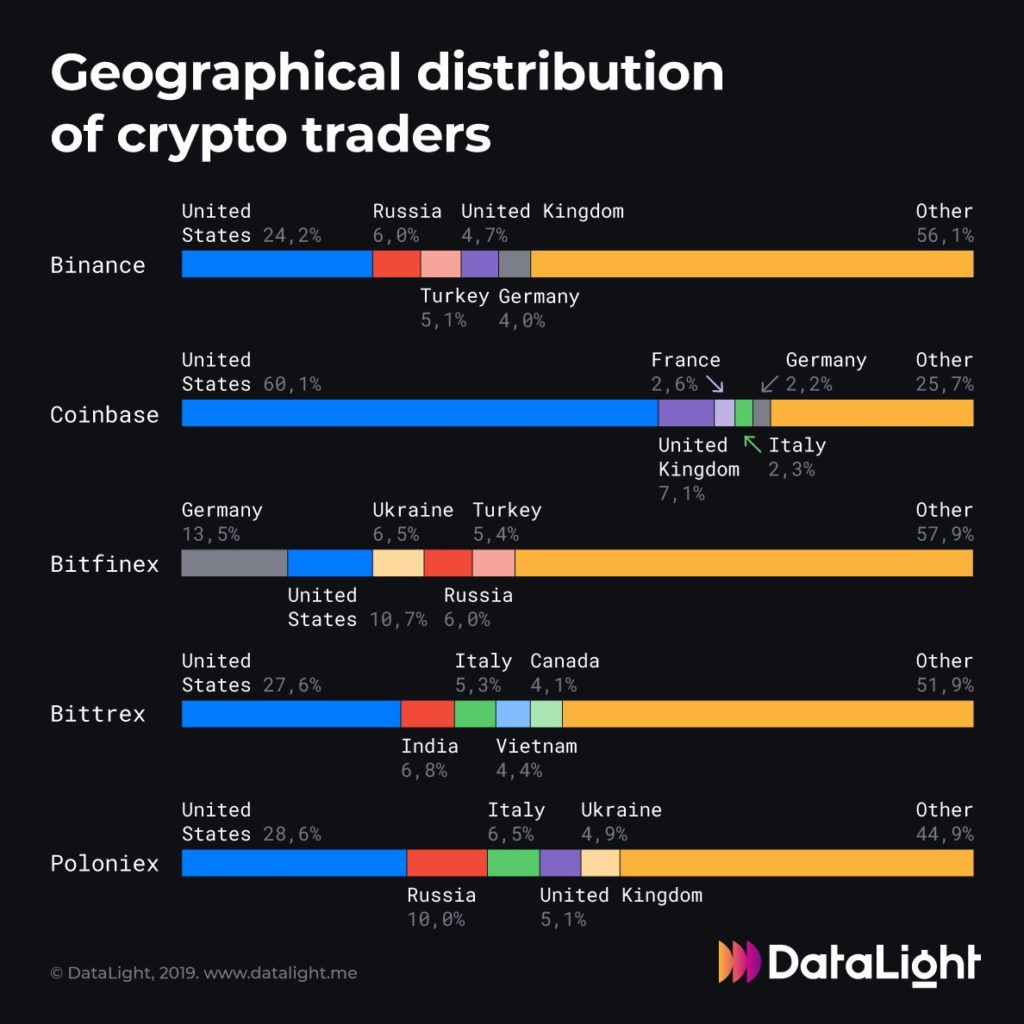2019-12-19 23:53 |
When we made the decision to spin out Poloniex we knew more tough decisions would follow. The spin out immediately affected several hundred thousand US Poloniex customers who held tens of millions of dollars in value across dozens of individual crypto assets.
Making the transition seamless for such a large, diverse group of customers across a range of assets presented a challenge. A host of regulatory, technical, business, and timing constraints influenced the potential solutions we could offer.
We want to explain the choices we’ve faced and provide context for the solutions we’re offering. We know it hasn’t been easy for customers, and we’re trying to address a multitude of constraints. We want the spin out to happen as smoothly and efficiently as possible so customers can focus on finding other options to trade and so we at Circle can focus on our mission of building a more open financial system.
Moreover, we will reopen withdrawals in the first three months of 2020 when the remaining assets have been traded into USDC (see below).
Fighting Constraints and Creating SolutionsAs a result of the spin out, Circle is no longer operating a crypto exchange and doesn’t have the infrastructure to continue to offer the same services to customers. To allow customers to make future withdrawals, we need to stand up a new system separate from Poloniex to support further withdrawals.
In addition to not having the infrastructure, other constraints include:
Some historical customers still have funds on Poloniex US but have not yet completed the required know-your-customer process. Federal and state Anti-Money Laundering and Counter Terrorist Financing regulations require us to collect customer information and verify customer identity to help prevent criminal activity. Many customers don’t have enough assets in their accounts to make withdrawals because the blockchain transaction fees are greater than their total assets. Laws require us to send unclaimed or abandoned property to states, which imposes an administrative cost and other regulatory requirements. Most states don’t accept crypto as a form of unclaimed or abandoned property.We don’t want these constraints to prevent us from helping customers withdraw their assets and continue trading elsewhere. So we came up with solutions that reflect the reality of us no longer running an exchange while giving customers as much time as possible to get their assets.
We gave customers about two months to withdraw their assets directly, and during that time regularly communicated about the need to withdraw assets via email, social media, our corporate blog, and online media publications.
We also announced that consistent with our Terms of Service customers who didn’t withdraw their crypto before December 16 would see it traded into and stored in USD Coin (USDC)—which they’ll be able to withdraw at a later date (read on for more information).
When Circle ran the Poloniex exchange it supported well over 50 different assets. Each of these required a scaled wallet system that needed to be actively maintained. On an exchange, the cost of that kind of custody could be covered by trading fees. But, a scaled wallet system with more than 50 different cryptocurrencies is outside the scope of what we could offer. Since we are continuing to provide stablecoin services, we have the infrastructure and ability to operate a USDC wallet service.
Trading customers’ crypto into USDC has multiple benefits:
Allows us to re-open our wallet service planned for the first quarter of 2020 so customers can withdraw the value of their assets in USDC, consistent with applicable regulations. Because USDC is a 100% US dollar backed stablecoin, it helps to consistently maintain the value of customer assets as realized during the period those assets were traded to one cryptocurrency. . USDC is a cheaper way to move value on the blockchain because of the low-transaction costs associated with ERC-20 tokens, which will save customers money; customers with dust may now be able to withdraw their assets when they otherwise couldn’t. Allows customers who don’t withdraw their assets as USDC to eventually recover them from the state of their last known address. Trading AssetsIn the coming weeks and months, we plan to trade customer assets across many exchanges consistent with the volume already seen in those markets.
All customers will receive USDC back in the proportion of their original asset. So, for example, if you had 10% of the FOAM on Poloniex US at the time we temporarily closed access to accounts, you will get 10% of the USDC acquired from the sale of all the FOAM held by Poloniex US customers as of that same time.
What's NextIn the first quarter of 2020, we plan to reopen accounts for withdrawals on the new infrastructure we are setting up for Poloniex US customers. If you are a Poloniex US customer, you’ll be able to use the same login credentials you used at Poloniex to login to this new Poloniex US system, which will be accessible via poloniexus.circle.com. Customers who timely withdraw their remaining USDC balance before their accounts become dormant will not be charged fees.
Please monitor the email that was associated with your Poloniex account and Circle’s Twitter handle (@circlepay) for more details. Once accounts are re-opened, we will continue to provide support to customers who have challenges accessing their accounts or who need to complete the know-your-customer process—until the account is considered dormant by applicable state laws.
If a customer doesn’t withdraw their assets as USDC, their assets will be sent as USD to the account holder’s state of last known address once the account has been sufficiently dormant, consistent with the various state regulations for unclaimed property. If there is no known US address and the account has been dormant for the applicable amount of time, then the funds will be sent to the state of Delaware as required by law.
Because sending assets back to the states has administrative costs, we may charge dormant accounts a one-time dormancy fee of $30.
For more information, please see these articles:
* Poloniex wind down frequently asked questions (FAQ)
* Contact the Poloniex US support team
SPIN Protocol (SPIN) на Currencies.ru
|
|


















